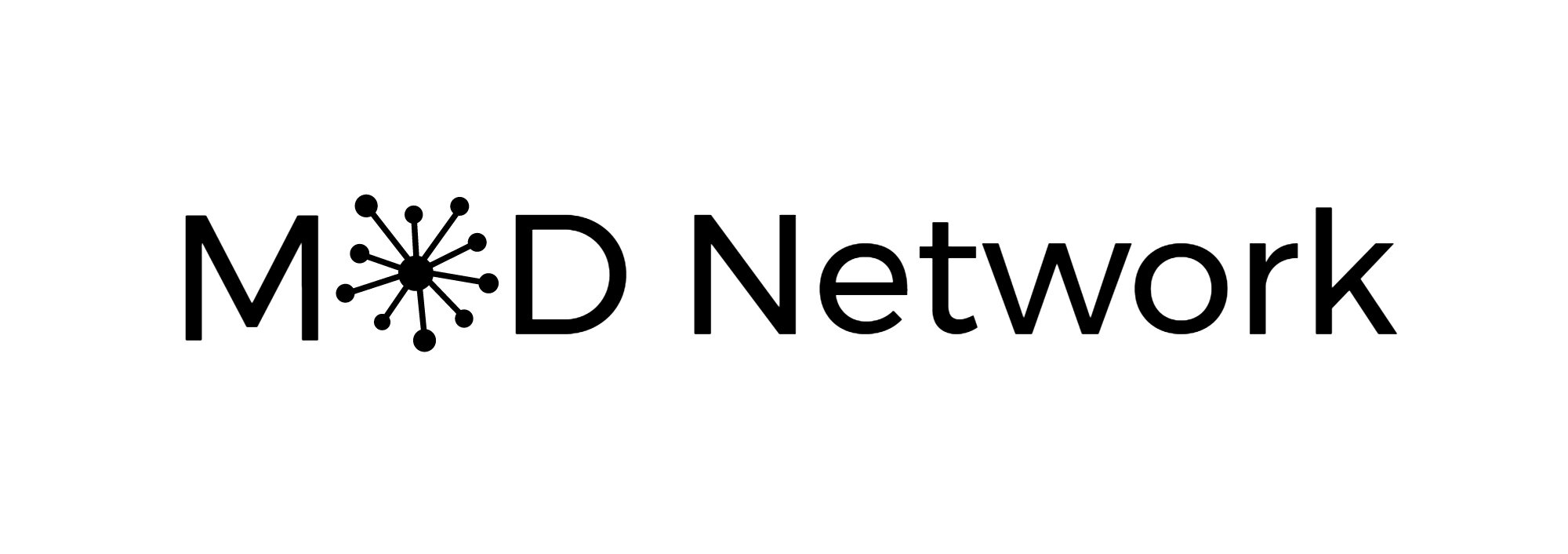Can I Offer You Some Feedback? - Episode #68
Show Notes:
This week Sara gives a Business Bite on the DECIDE Model. Originally coined in the healthcare space, this business model is an acronym for activities needed in the decision making process. The DECIDE Model is simple yet designed to help us think about solution creation and executing the solution in mind. Subscribe today so you never miss an episode!
Below we are offering a transcript of the podcast for accessibility and reference.
Episode #68: Business Bites: decide model
Welcome to Business Bites. My name is Sara. This is the podcast for busy professionals who want the quick hits of business terminology, historical context, and strategies for integration. This week we're going to be talking about the DECIDE Model. The DECIDE Model actually comes out of the healthcare space and was used by medical professionals to help integrate evidence-based decision-making into their processes.
When we talk about DECIDE, it's one of these models where it's an acronym. The D stands for Defining the objective, E for Establishing criteria, C for Consider options, I for Identify alternatives, D for Develop action, and E for Evaluate outcomes. Let's talk about them individually.
When we talk about that initial D, define the outcome required or to define the objective. This is often a step the teams just miss. They think they know what the project is that they're working on or the decision that they're actually talking about, but typically I find that groups that struggle with decision-making haven't taken time to clearly define the objective ahead of time.
Next, establish criteria. This is establishing the criteria where you're going to measure the outcome of the decision that you're making. Again, this is a critical step to understand what does success look like or how will we measure that success or how will we evaluate if this particular initiative works. Doing that up front helps us determine are we even defining this correctly and considering the appropriate options, the two steps that are on either side of this.
The third step in the model is consider options. This is where we are deciding and considering all the different options that are available to us and coming up with what might be some alternatives or strategies that we would use along the way. It's important to think here about all the different options possible and we'll have time later in the next step to identify the one that we want to move forward with.
We then transition into some execution-type activities. For example, the I on identify alternative is where we actually select which of the alternatives we're going to go for. The C that we just covered, consider options is thinking about all the different ideas, but identify the preferred alternative is where we really select which one we are going to do and how that will move forward. It does require us to work together to agree on what that process is going to be in order to be able to move forward.
The next letter is that D, develop the action. This is where we're coming up with our plan of action, we are understanding the specific steps that we're going to take along that process. Again, if we don't do that collaboratively as a group, we may have disagreement on the best way to go forward and get stuck in the how when we've already identified what might the why be, what might the where be, what may be the how we will know it's done. Again, each of those steps that I talked about earlier.
The last letter, again in this model is E, that evaluate outcomes. After you've run through your process, after you've run through your initiative, we talked about what are the criteria that we're going to use upfront. This is where we're actually evaluating did it work the way we thought it would or are we monitoring the outcomes as they are going on.
Again, a critical part of the process and if all we're doing is the first couple of steps and not stopping to think is it actually producing what we want? We're going to end up wasting a lot of time along the way. So this DECIDE model has a lot of different components to it, but it is again designed to help us think about decision making, solution creation, and how do we actually execute the solution in mind. It's a real simple model, but again, hopefully, it will help you work through some of the decision-making criteria that you need to working with your team going forward.
This has been Sara with Business Bites. You can reach me at podcast@mod.network. We would love to hear from you on what other terminology you'd like bite-sized. As always, give us a quick rating on your platform of choice and share this podcast with a friend. We'll see you next time.
